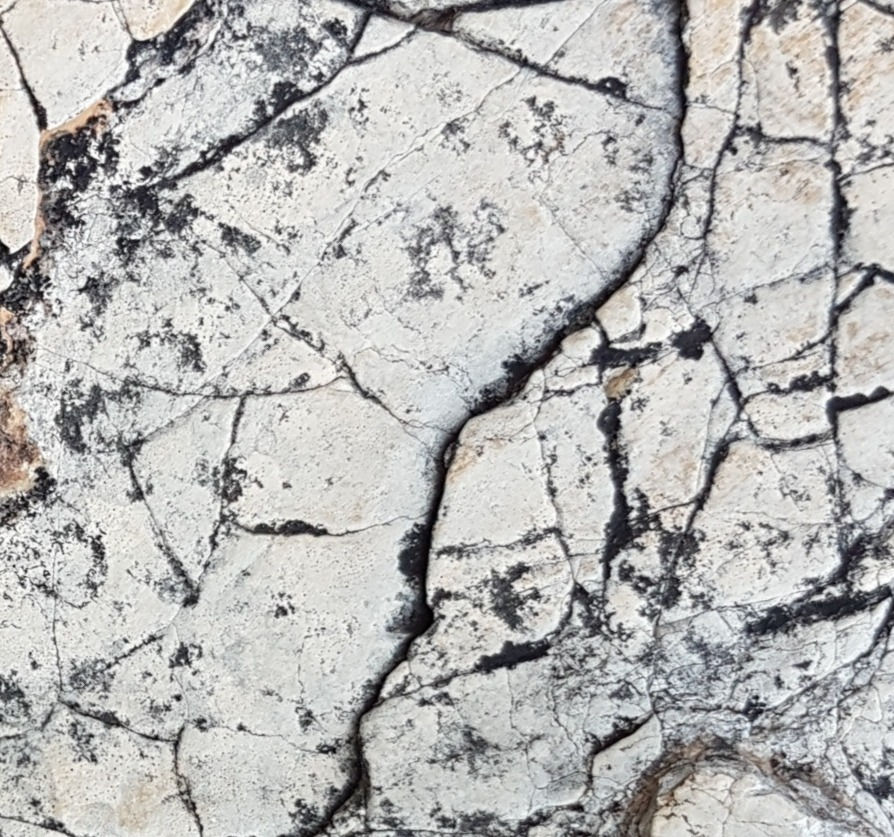String quartet "The Emperor's Wardrobe", movement one, is now available
- Freed Hartmann
- Mar 11, 2022
- 3 min read
Updated: Mar 16, 2022
@ YouTube as a preliminary audio demo, like the former three movements you may already know. Click here or the below image to get to the first movement of the quartet.
If someone shaped the idea “where sounds meet – just as people” into a wonderful expression then it might have been Goethe who commented once about Haydn string quartets as follows:
“One hears four rational people conversing with one another and believes he gains something from their discourse while learning the peculiarities of the instruments.”
In its original German pronunciation –
“Man hört vier vernünftige Leute sich untereinander unterhalten, glaubt ihren Diskursen etwas abzugewinnen und die Eigentümlichkeiten der Instrumente kennen zu lernen.“
– this phrase became the main subject of the first movement of the string quartet which I am now happy to present and which also concludes the cycle of the whole quartet with all four movements I was working on for almost one year.
Beside the important aspect of the sound dialogue,
“Learning the Peculiarities of the Instruments”
is something, I particularly put emphasis in all the pieces of the quartet: Eventually, there is much more that can be done than just playing regular notes on a string instrument!
And so the phrase became kind of a spoken subject in the first movement, just click the image below to listen:
After a short time, much more extended play techniques of the string instruments can be heard walking the talk of this phrase, joint by other thoughts and ideas that are somehow related to it.
Credits
Many wonderful musicians and composers gave practical advice and sound examples over the Internet that found their way into the production of the auditive demonstration of the quartet. I expressively want to thank them all for making their very inspiring resources publicly available, listed here in no specific order:
Violin
Viola
Cello
Pieces
Sound Collections
Last but not least
One of the first important composers of using extended sounds of classical instruments is Helmut Lachenmann who may be well considered the inventor of the aesthetics of “musique concrète instrumentale”.
Musique concrète was once invented as a way of electronically composing with concrete sounds you know from your environment, once with audio tape machines, later with digitally recorded samples. Helmut Lachenmann brought this idea back into the sound territory of classical instruments and one of the biggest achievements of this turn is – it can be played physically – again!
Now when you listen to the knocking and the opening of the creaking door at the beginning of the movement, I hope you will find interesting what may be discoverable behind this door.
About Goethe’s comments
More thoughts about sound dialogues in The Magic E@r, chapter 4.6, “When sounds meet – just as people”
My listening recommendation: String quartet ‘Grido’ by Helmut Lachenmann
Haydn’s Emperor quartet and why repetition can matter








Comments